Rhododendrons and concrete
botann
15 years ago
Featured Answer
Sort by:Oldest
Comments (16)
luis_pr
15 years agoEmbothrium
15 years agoRelated Professionals
Fort Lee Landscape Architects & Landscape Designers · Saint Matthews Landscape Architects & Landscape Designers · Southfield Landscape Architects & Landscape Designers · Arlington Landscape Contractors · Allentown Landscape Contractors · Cliffside Park Landscape Contractors · Columbine Landscape Contractors · Deer Park Landscape Contractors · Fairview Landscape Contractors · Hoffman Estates Landscape Contractors · Lake Worth Landscape Contractors · Long Beach Landscape Contractors · North Haven Landscape Contractors · Paramount Landscape Contractors · Uxbridge Landscape Contractorsbotann
15 years agobekcgarden
14 years agobotann
14 years agobekcgarden
14 years agorhodyman
14 years agocottonclouds
8 years agocottonclouds
8 years agogardengal48 (PNW Z8/9)
8 years agocottonclouds
8 years agorhodyman
8 years agogardengal48 (PNW Z8/9)
8 years agocottonclouds
8 years agocottonclouds
8 years ago
Related Stories
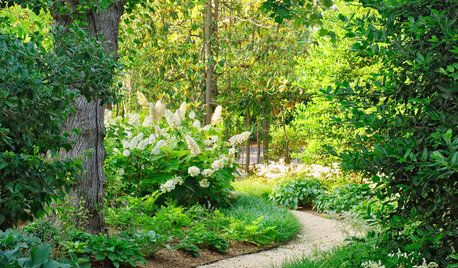
LANDSCAPE DESIGNUnwind in Your Own Private Garden Escape
When the world is getting on your last nerve, an outdoor refuge can soothe and nurture. Here's how to design a garden with relaxing in mind
Full Story
LIFETrue Confessions of a House Stalker
Letting go when a new owner dares to change a beloved house's look can be downright difficult. Has this ever happened to you?
Full Story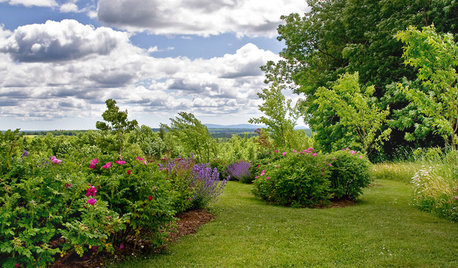
LANDSCAPE DESIGNYour Mini Guide to Great Garden Edges
Get the scoop on trenches to the skinny on bender board, to help keep your garden beds as tidy as you like
Full Story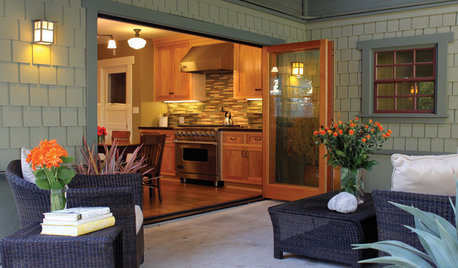
GARDENING AND LANDSCAPINGSpring Patio Fix-Ups: Earn Rave Reviews for Your Patio's Entrance
Consider innovative doors, charming gates or even just potted plants to cue a stylish entry point for your patio
Full Story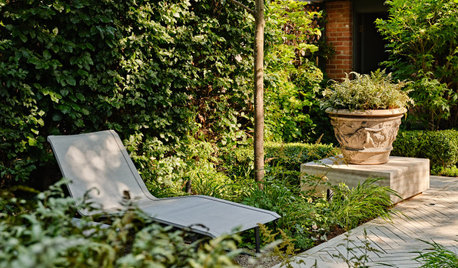
LANDSCAPE DESIGNHow to Create a Beautiful Shade Garden
Turn the cool, shady spot in your garden into your own quiet oasis
Full Story
GARDENING GUIDESGardening Solutions for Heavy Clay Soils
What’s a gardener to do with soil that’s easily compacted and has poor drainage? Find out here
Full Story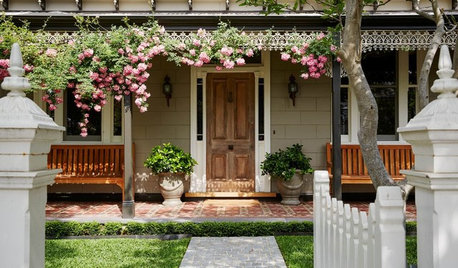
LANDSCAPE DESIGNFront-Yard Makeover Ideas With Mojo
Make a statement in your front landscape with one of these standout styles
Full Story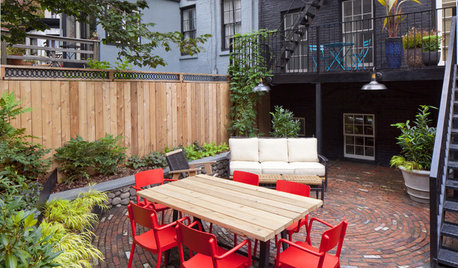
URBAN GARDENSA Dynamic Backyard Design Embraces Its Urban Setting
A New York City outdoor space comes to life with a curvy new brick patio, thoughtful outdoor furnishings and evergreen foliage
Full Story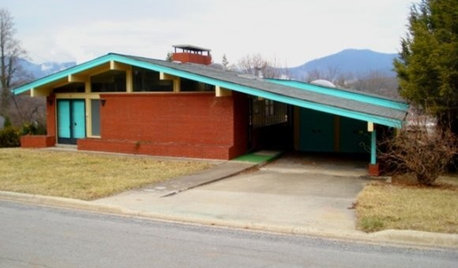
LIFEHouzz Call: Show Us the House You Grew Up In
Share a photo and story about your childhood home. Does it influence your design tastes today?
Full Story
LANDSCAPE DESIGNDitch the Ordinary Ditch: Create a Realistic Dry Creek Bed
Here’s how to turn your water runoff system into an eye-catching accent for your landscape
Full StorySponsored
Your Custom Bath Designers & Remodelers in Columbus I 10X Best Houzz






gardengal48 (PNW Z8/9)